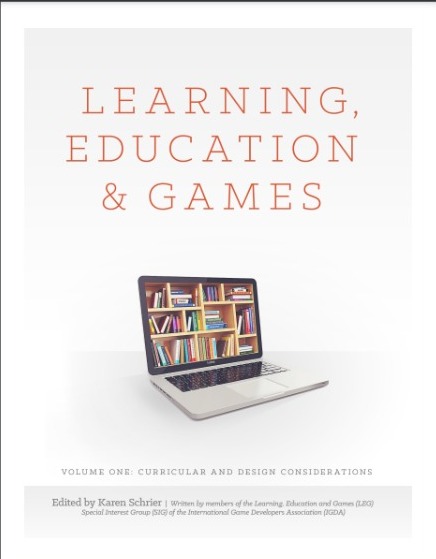Learning, Education and Games
Editorial: ETC Press
Licencia: Creative Commons (by-nc-nd)
Autor(es): Schrier, Karen
I am thrilled to introduce this brand new book series, Learning, Education and Games, which examines the latest research and design techniques for creating and using games for learning. This is the first book in a two-book series, which was written, edited, and reviewed by members of the Learning, Education and Games (LEG) Special Interest Group (SIG), a subset of the International Game Developers Association (IGDA).
But first, let us take a step back. Is there even a connection between games and learning? Popular opinion and mainstream media seem to suggest that games, if anything, are the antithesis to learning. On the other hand, my experiences during the past decade have repeatedly reminded me how much learning and games are interconnected. I observed how the power of play helps us experiment with new identities, safely explore choices and consequences, and push the boundaries of a system. I experienced how games provide access to new worlds and alternate systems of values, past moments of history, and social interaction with people from diverse cultures, perspectives, and experiences. I saw how games could situate learning in authentic contexts, such as environmental disaster zones for science learning, physical battle sites for history learning, foreign countries for language learning, or even in real texts for literature and literacy learning. Essential skills—from math facts acquisition to vocabulary building to civic literacy—could be taught through games, if the games were properly designed. The potential for teaching complex thinking skills—such as creativity and innovation, ethical thinking, design and problem solving, systems thinking, and computational understanding—also seem to be suggested by burgeoning research.
[2014]
Compartir:
Una vez que el usuario haya visto al menos un documento, este fragmento será visible.


